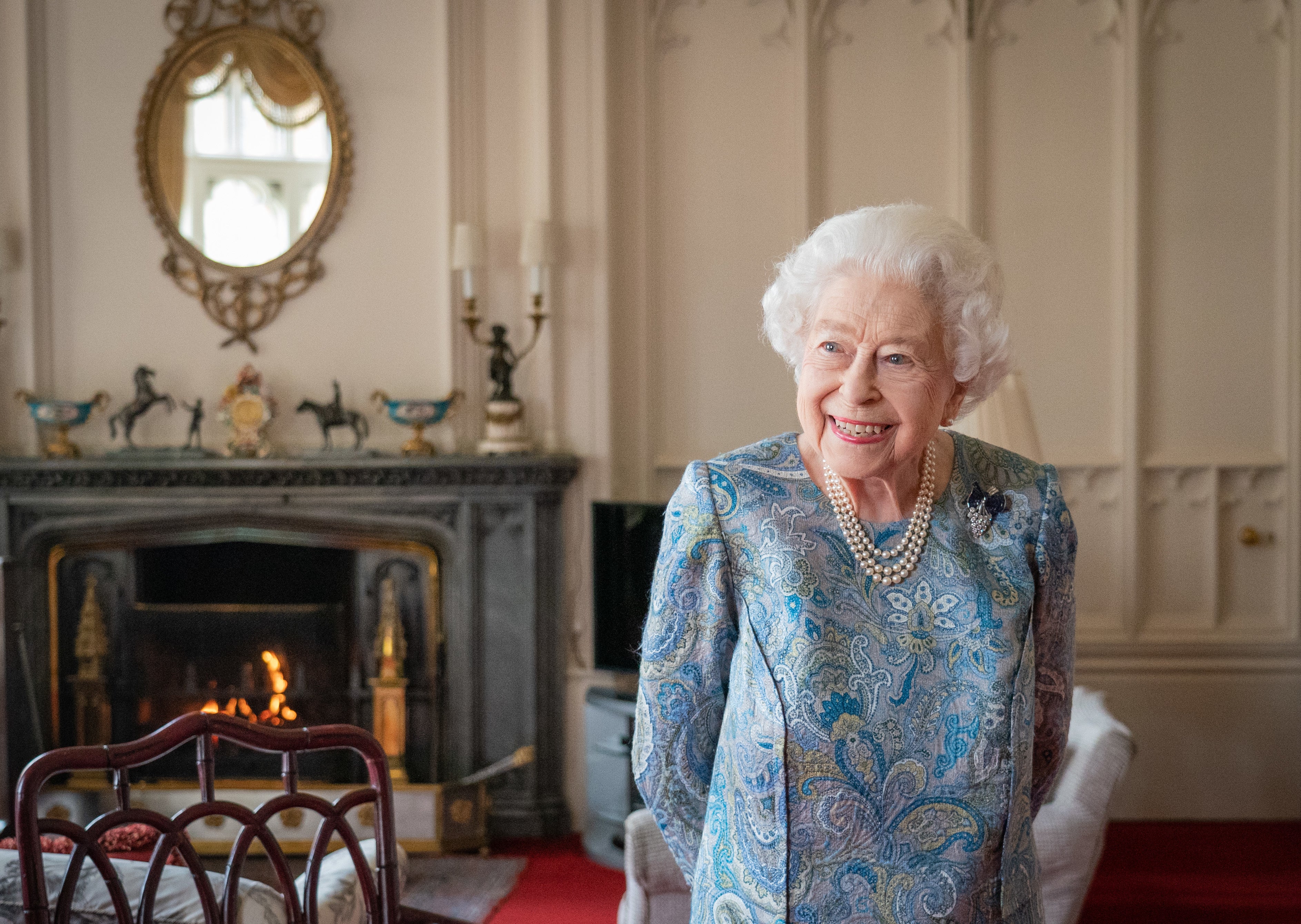National mourning: What happens now the Queen has died?
Flags will be flown at half-mast and books of condolence opened across the country
Queen Elizabeth II will lie in state in Edinburgh and Westminster as part of 10 days of national mourning beginning on Friday.
Union flags will be lowered and flown at half-mast on royal residences, government buildings and military establishments and books of condolence opened at British embassies across the world.
King Charles III and wife Camilla, the Queen Consort, will return to London, having spent Thursday night with immediate family at Balmoral, where the Queen died.
At 1pm a gun saulte - one round for every year of the Queen’s life - will be fired in London’s Hyde Park before the new king meets the prime minister and then speak to the nation via a televised address.
MPs will get the chance to make their own tribute to the Queen in the Commons from 12 noon on Friday, before a further unusual session from 2pm on Saturday.
It is during this session that senior political figures are expected to swear an oath of loyalty to the new King, according to the Commons authorities.
He will formally be declared king by parliament’s Accession Council, after which a proclamation will be read at St James’s Palace and he will meet Liz Truss and her cabinet.

Having received a motion of condolence in Westminster Hall, King Charles will then begin a tour of the UK home nations including Northern Ireland and Wales, with a brief ceremony in each.
As the Queen died in Scotland, her body will lie in St Giles’ cathedral in Edinburgh for 24 hours on Sunday to allow close family to pay their respects. The King and the Queen Consort are expected to return to Scotland.
As the period of mourning continues, the Queen will be moved to London where her coffin is expected to lie in state for three days at Westminster Hall in advance of her state funeral at Westminster Abbey in central London, a ceremony presided over by the Archbishop of Canterbury.
She will finally be laid to rest at St George’s Chapel at Windsor Castle, where her late husband, Prince Philip, and both of her parents, the Queen Mother and George VI, are also buried.
The day of her funeral and that of the coronation of King Charles III will both be national holidays.
The Queen’s lying in state is expected to attract hundreds of thousands of mourners.
There will be a period of royal mourning for seven days after her funeral. The last major period of national mourning was in honour of the Duke of Edinburgh following his passing on 9 April 2021.
He did not lie in state, in accordance with his wishes, but in any case mass gatherings were against the law at the time due to the Covid-19 crisis. His wife of 73 years was forced to sit alone at his funeral because of the social distancing measures, a hardship she bore as stoically as ever.
The last person to lie in state in the UK was the Queen Mother in 2002.
King Charles III will formally be declared king by the Accession Council, after which a proclamation will be read at St James’s Palace and he will meet Ms Truss’s cabinet.
Having received a motion of condolence in Westminster Hall, King Charles will then begin a tour of the UK home nations including Northern Ireland and Wales, with as brief ceremony in each.
Controversially, no period of mourning was declared in Britain following the death of Princess Diana in 1997, despite the extent of public sentiment, but one was held in 2005 as a gesture of respect for the 52 people killed in the Islamist terror attacks on London on 7 July that year.
One of the most significant to have occurred in living memory in Britain came in 1965, following the death of Sir Winston Churchill.

His body lay in state at St Paul’s Cathedral in London for three days so that mourners could pay their final tributes to the prime minister, who famously held his nerve to steer the Allied Forces to victory over Nazi Germany.
Queen Victoria requested that she should not lie in state. When she died at Osborne House on the Isle of Wight in 1901, a semi-private lying in state was arranged for three days to allow Victoria’s servants and friends to pay their respects.



Join our commenting forum
Join thought-provoking conversations, follow other Independent readers and see their replies
Comments